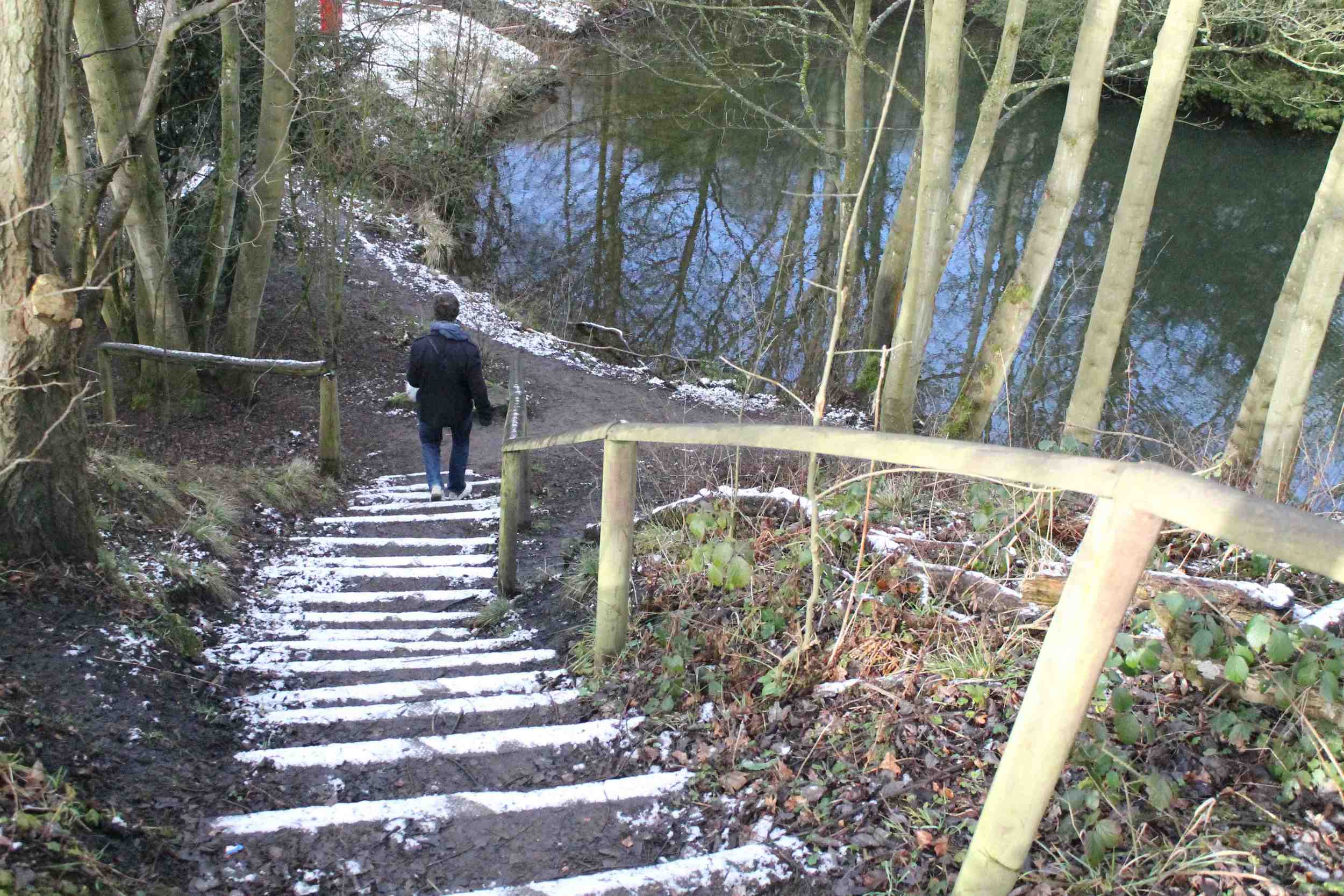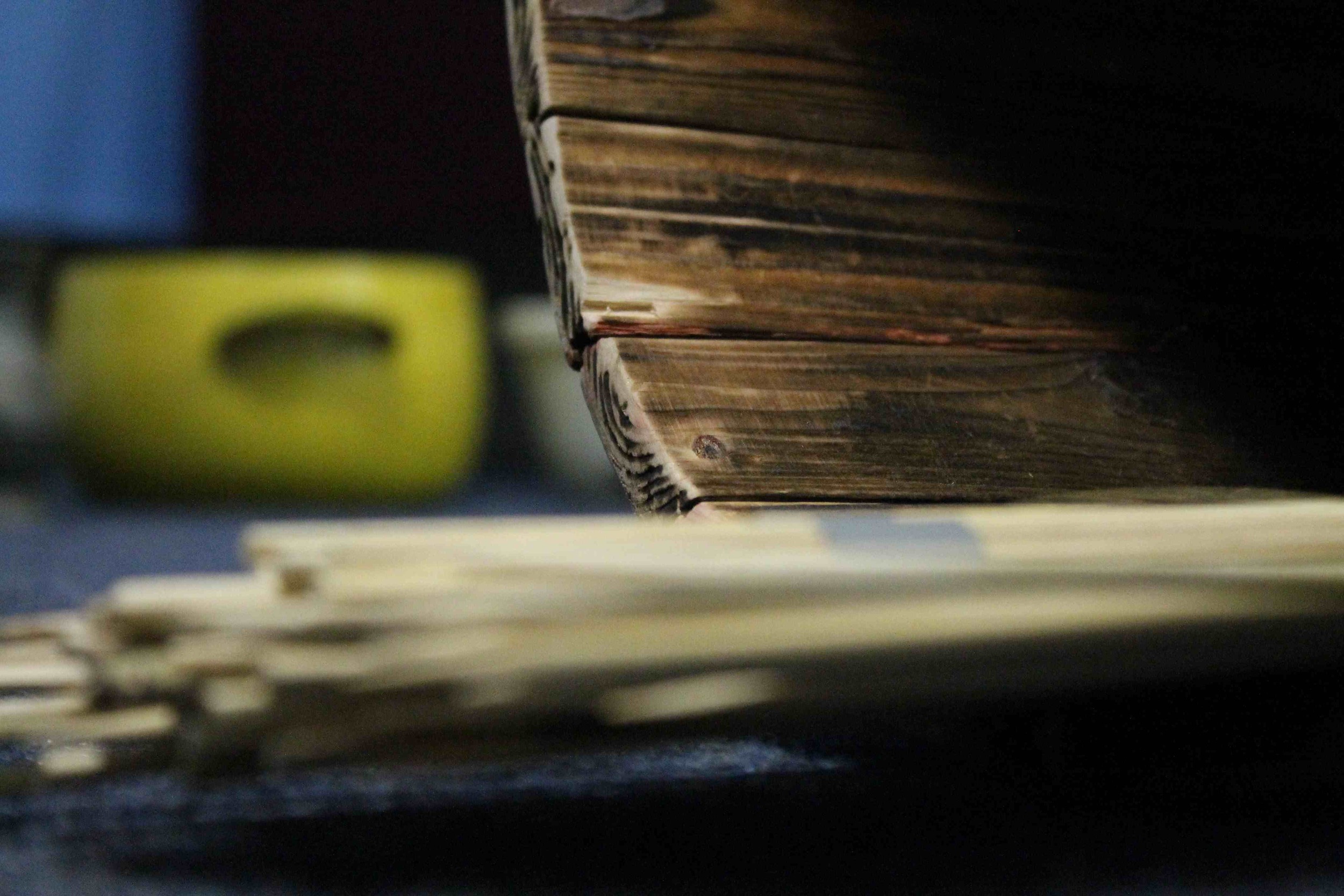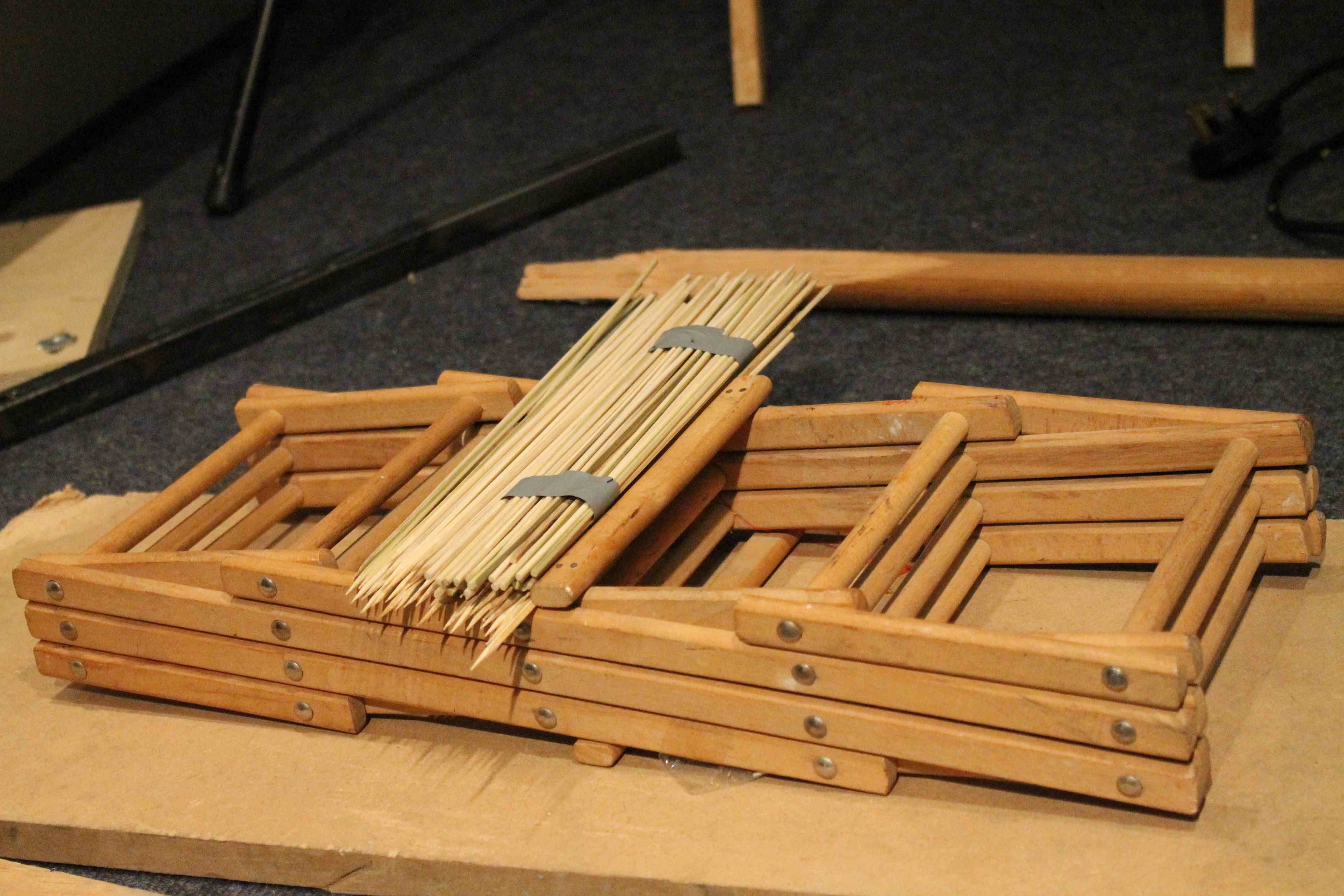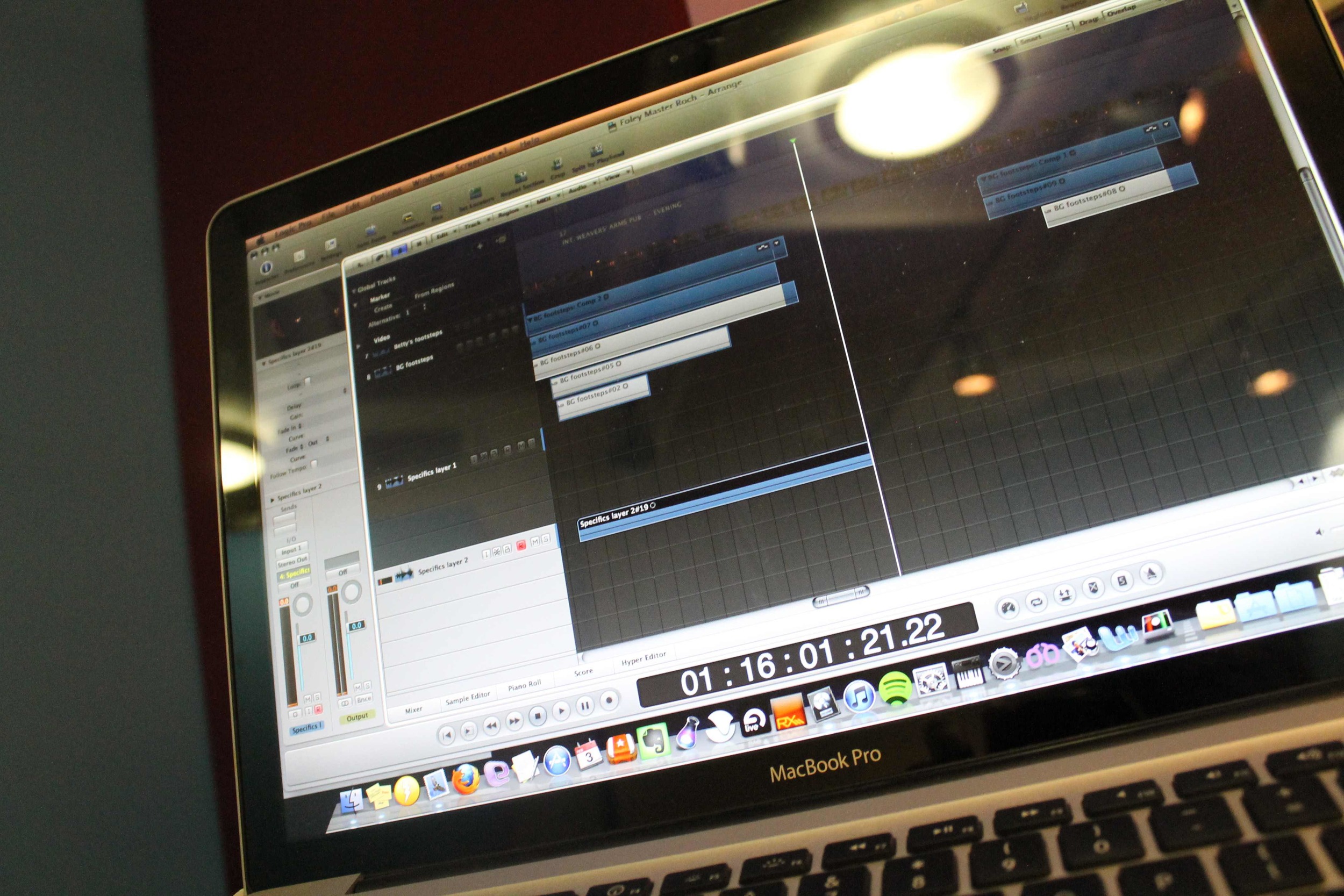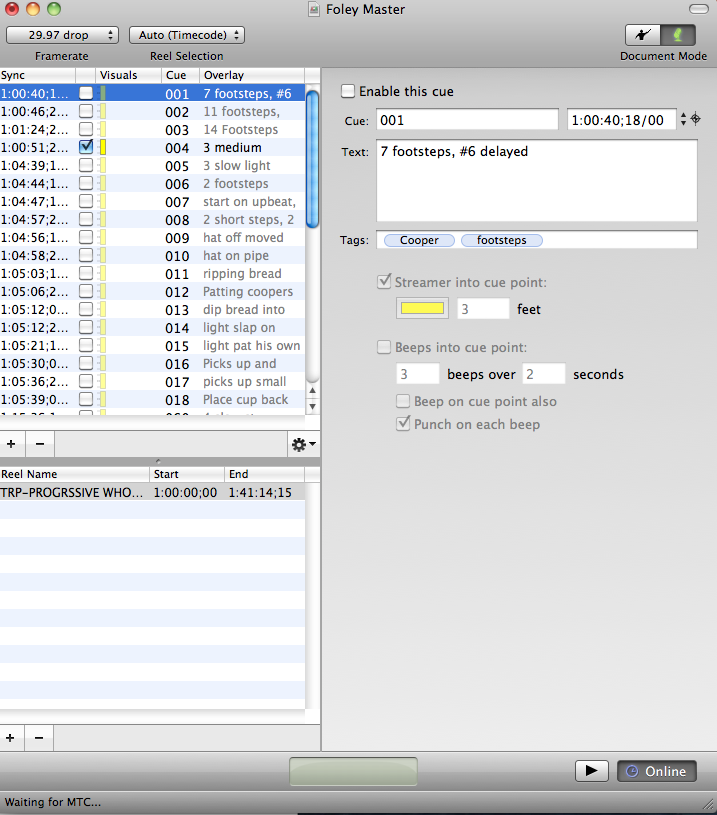I just wanted to point people in the direction of Essa Hansen’s Twitter profile. Essa shares snippets of her process in different roles within working on Sound for film projects and its always super interesting!
https://twitter.com/EssaHansen/status/1410001093912711168?s=20
FILM
I was lucky enough to see/hear Dune in an imax in New York a few weeks ago and the Sound Design was superb.
Here’s a detailed looked at some of the ideas, concepts and experiments the team got into with the direction of Denis Villeneuve. I’ve often wondered if Directors should be part of these Soundworks Collection conversations. They have such a huge influence when collaborating in how sounds can be found and used that it’s really inspiring to see Dennis join the chat and talk about the feel and ideas behind some of the design and music decisions and the realisation, for him, of working with sound throughout the whole process being an important aspect of his process, much like any other part of it.
ANIMATION SOUND DESIGN
Heres a short, but very inspiring article about the Sound in the animation titles Luca, Vivo and Raya. Again noting how important it is for Sound to start working in the overall process early on. Something that Randy Thom has mentioned a lot in the interviews about Sound in Animation.


